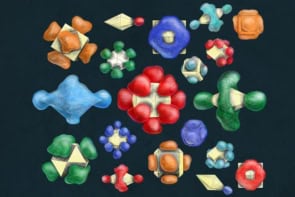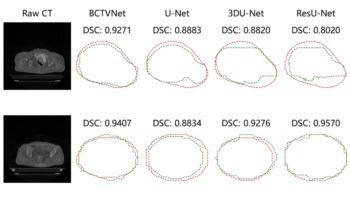This film is about the experiences of the scientists who travel to the European Synchrotron Radiation Facility (ESRF) in Grenoble, France, to use its intense X-ray radiation for imaging experiments. For researchers, this experience can be both exhilarating and stressful, as they often face a race against the clock to get their results within the time that has been allocated to them. Scientists work long hours in beamline stations where synchrotron radiation is guided through experimental samples to illuminate and interact with the materials being studied.
In the film you will meet Rachael Hazael and Fabrizia Foglia – two researchers who are studying how life processes take place in the high-pressure environments at the bottom of oceans. On this particular trip to the ESRF, they are subjecting live bacteria to extreme pressures to gather data that can be analysed back at their home research institutions. Foglia and Hazael are gearing up for their experiments, which are scheduled to get under way the following day, and they seem to be intensely aware of the hard work that lies ahead.
“After three weeks of beamtime, you think ‘Where is my life outside of the beam?’,” asks Foglia. To which Hazael responds “There is no life outside of the beam!”
Looking inside the Earth
Another research group that features in the film is examining the geology of the Earth’s interior and how it responds to changing pressures. The group’s leader, Jean-Philippe Perillat, explains that he wants to get a better understanding of the chemical composition and structure of the Earth’s upper mantle, which is composed mainly of a mineral called olivine. Perillat and his colleague Isabelle Daniel demonstrate how a tiny sample of olivine is subjected to high pressures and temperatures in a device called a large-volume press.
“Life at the synchrotron is a bit exhausting because we work overnight to optimize the amount of beam time we have,” says Perillat. But it seems to be worth the effort, because on this particular trip the group appears to have achieved the outcome it had hoped for. “We got really interesting results just last night,” says Perillat. The reason that the scientists are so pleased to get good data is that there is stiff competition to gain access to time at the ESRF beamlines, which makes a trip to the facility an intense experience.



